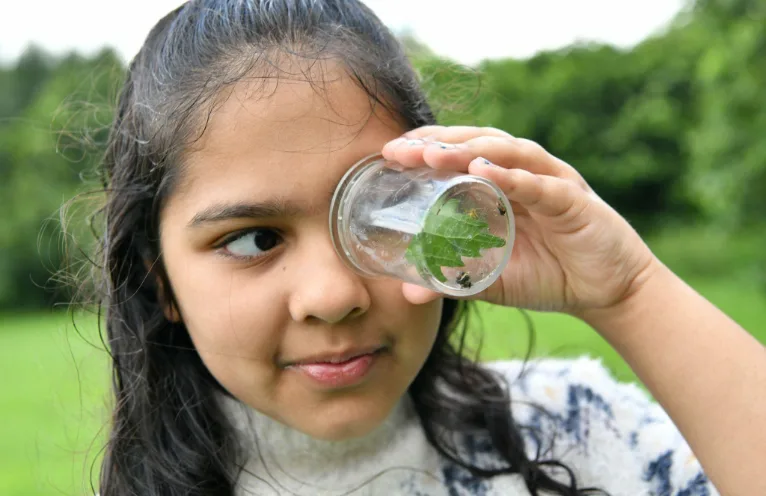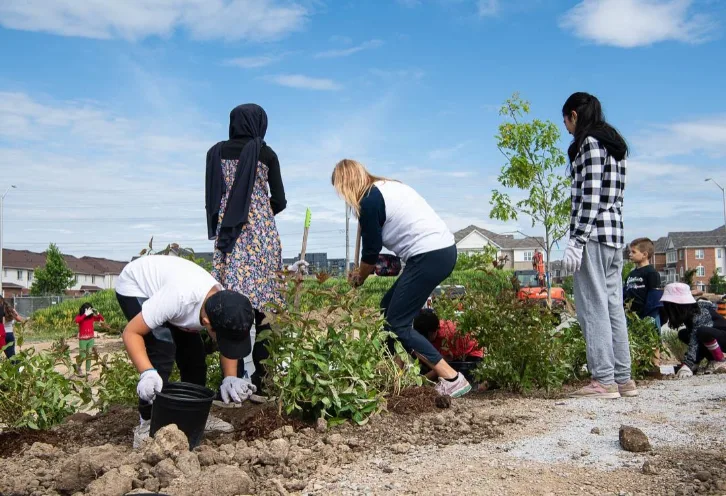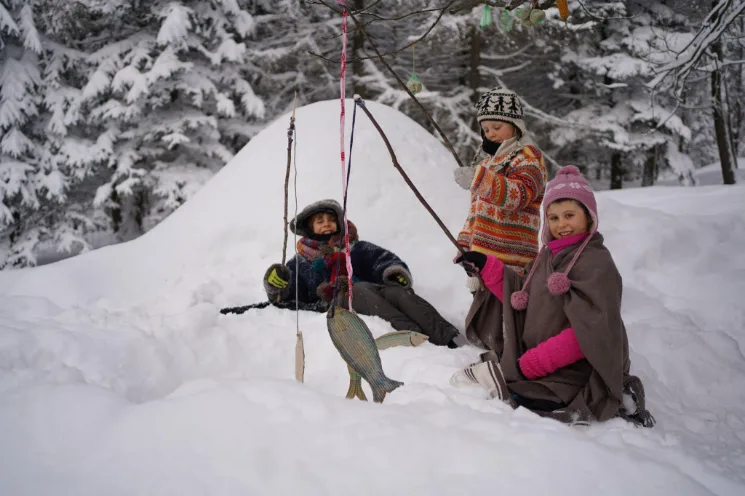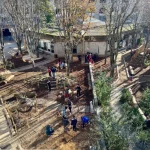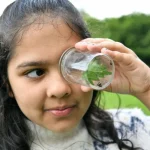Teacher: Brenda Kessler

Brenda Kessler
Brenda brings experience from her career in journalism and a passion for the outdoors to the Children & Nature Network. After working for over a decade in broadcast media, including NBC Universal and Univision in New York, her love for nature led her to pursue a master’s degree in Natural Resources and Environmental Science from the University of Illinois. Inspired by her own childhood experiences, she is committed to helping young people learn from and connect with the natural world. Her interests center around the interaction between the environment and human behavior as well as environmental inequalities. Her work centers on providing technical assistance to city agencies and school districts on implementing green schoolyards and co-leading the Green Schoolyard Peer Learning network with the goal to enhance children’s health and well-being, particularly for the most vulnerable children. When she is not sharing tips on her blog, she is exploring new hiking trails, planting seeds in her backyard, or planning outdoor adventures with her husband and two young children. Brenda was born in Guadalajara, Mexico, and often travels there to visit friends and family. She currently lives in Hoboken, New Jersey.
Overview
Jaime and Brenda envision a world where every child – especially the most vulnerable – connects meaningfully with nature every day. The project aims to do this through adding nature, in different forms, to outdoor spaces connected to schools. Outdoor spaces can inspire a love of nature and can act as an extension of indoor classrooms.
Theory of Change
Childhood has moved predominantly indoors, leading to children being disconnected from nature. Outdoor school grounds, where children spend a significant amount of time are often concrete, with little nature for the children to interact with. However, there are many health, development and environmental benefits associated with children interacting with nature as well as the spaces themselves providing climate change mitigation benefits. Greening school grounds has been identified as a cost-effective method of meeting these multiple benefits.
Approach and Actions
A survey was developed to understand the existing landscape of green school grounds and outdoor learning around the world, especially with an eye towards scale (i.e. at least three schools where this scheme was being implemented). The resulting information was used to identify five co-benefits of greening school grounds- play; health and wellbeing; climate resilience and biodiversity; community engagement; and education. This led to the identification of 13 replicable case studies that offer inspiring, replicable models for greening school grounds and demonstrate one or more of the five benefits. These case studies were chosen as they represent successful initiatives in different geographic regions which can also be adapted.
Impact
Over 300 survey responses were gathered worldwide, helping identify successful and scalable approaches to greening school grounds and outdoor learning. However, geographic gaps were identified, promoting a need for additional research and understanding. The 13 case studies produced as part of this project exemplify how school grounds and outdoor learning can be a cost-effective and feasible solution to improve health and wellbeing, education, and environmental outcomes for children, youth, and entire communities. These examples, among many others, are helping to catalyse the movement to green school grounds and outdoor learning. Moving forward, GSG+OL partners are looking to recruit and raise funds through expanded global partnerships and collaborate with other relevant global initiatives, gatherings and networks.

